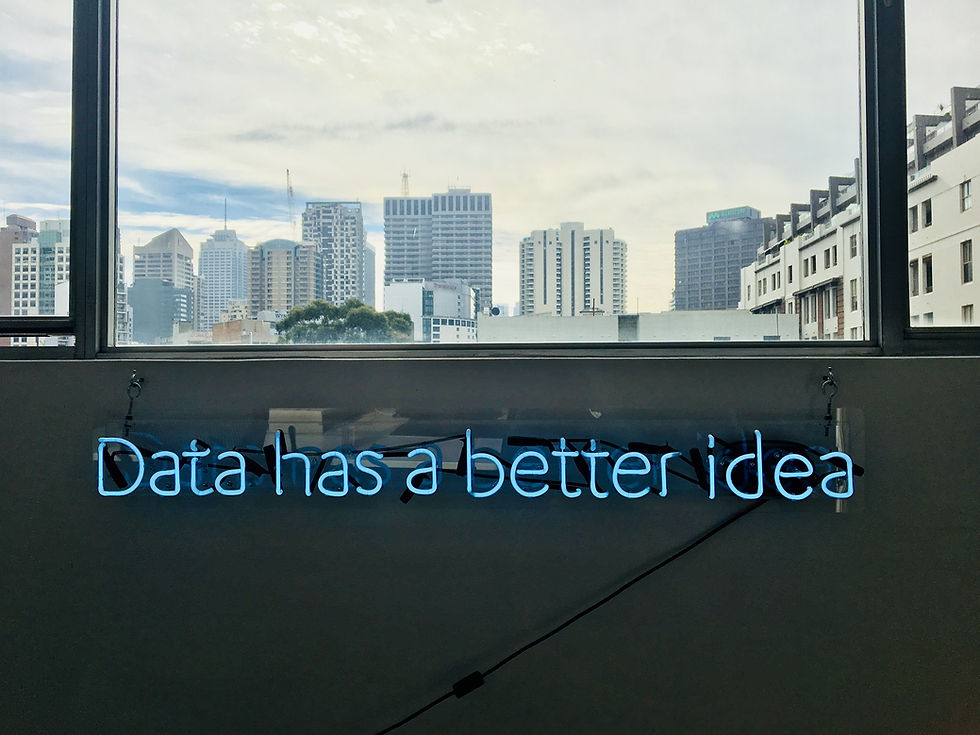
AI can learn at unprecedented rates about virtually anything we decide is worthy. But what underlies AI’s ability to do that is all the ways and types of data it can ingest. This is what sets AI apart and makes it a living breathing system as opposed to a static rules-based systems.
1) AI systems can analyze massive amounts of data.
Think about ten years worth of taxes for hundreds of businesses or individuals at once, thousands of pages of regulatory laws, billions of social media profiles, billions of internet searches, millions of health diagnoses and genomic research articles, and then combine them all and look for patterns against queries.
2) It can analyze unstructured data that has been previously “dark” or unanalyzed because it is contextual such as written or typed text, spoken words, videos, pictures, sounds, CT scans, x-rays.
Have you ever tried to analyze numerous videos trying to find out the answer to one question but from multiple perspectives? Instead of quickly getting to the answer, you had to spend a whole weekend watching the videos for the one answer you needed?
For over three decades now, we have been able to analyze data that is in structured rows and columns – think of spreadsheets and data tables. But what we have not been able to do very well is analyze trends and patterns amongst spoken words, texts, videos, and pictures. Think about all the books, manuals, insurance policies, doctor’s notes, lengthy regulatory documents, ongoing social media feeds from the likes of Facebook and Twitter or Google searches or reviews in comments sections. Think of the efficiency that farmers could achieve if they could use pictures of rotten crops to have robots sort them before they even made it into the bins with the good tomatoes or apples during harvest season.
3) Analyzing continuously streaming and constantly changing data brings the power of now and instant action or reaction that only artificial intelligence systems bring.
Examples of this type of data would be ever-changing social media feeds that stream all day, online buying behaviors, connected device data such as the geo-tracking on your phone that changes when you change locations throughout the day, data from your car that tracks your speed, location, and driving style (e.g. hard stops, fast turns). This ability means AI can continuously adapt decisions and actions as a result of new pieces of data or changed data. Compare this to rules-based systems which are static and unresponsive to new insights. The more data AI gets, the more it learns and reveals about its subject matter.
For example, AI systems that focus on personalization will get better and better at deciding what you specifically like the more feeds it gets from your shopping habits on a continual basis. Let’s say you look at a sweater on a webpage and its in pink with a red background, you do not purchase, you do not even click to learn more. Instead you move to other webpages. Then you see the sweater on another webpage and its presented differently. It’s in a different color and with other coordinating items with a green background like your favorite coffee store. Then while perusing on a news site you see an article that a percentage of all sweater purchases will be given back as a donation to children in need. You go back to the sweater page and this time you decide to find out more. Then you compare to similar websites, then go to a coupon site and then purchase the sweater and the coordinating items with your promo code. From this information, the AI learns about your color preferences, and visual and moral stimulations that entice you to buy. It’s learning about your store preferences and loyalty, discount preferences and even your payment preferences (i.e. store credit card, Master Card, PayPal). Next time you will get a highly enticing offer tailored to your specific tastes. All of this rich and continually changing data is feeding the AI systems’ learning and its decisions, and ultimately results in the combination of offers it feeds to you.
One thing to note, there is no magic. Notice that the constant in all three of these things that AI can do better than other systems…is DATA! Data is extremely important in AI projects. If you can’t imagine where to get the data for a project, or its unreliable, or its from a skechy source (aka a guy who put an app out on Facebook ala Cambridge Analytica style), then you might not have a high trust factor in your AI project.
For questions or dialog, Cortnie@AITruth.org or Tweet to @Cortnie_CDO


Comments